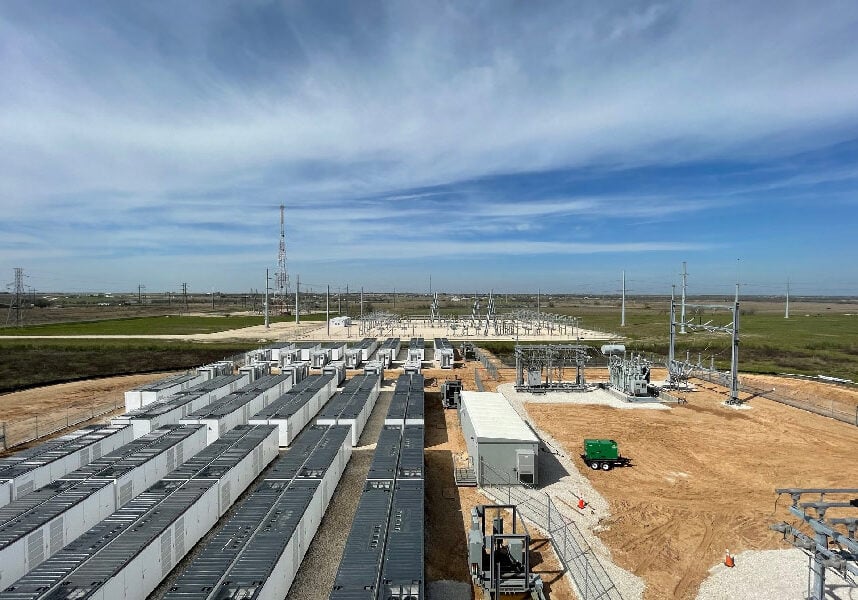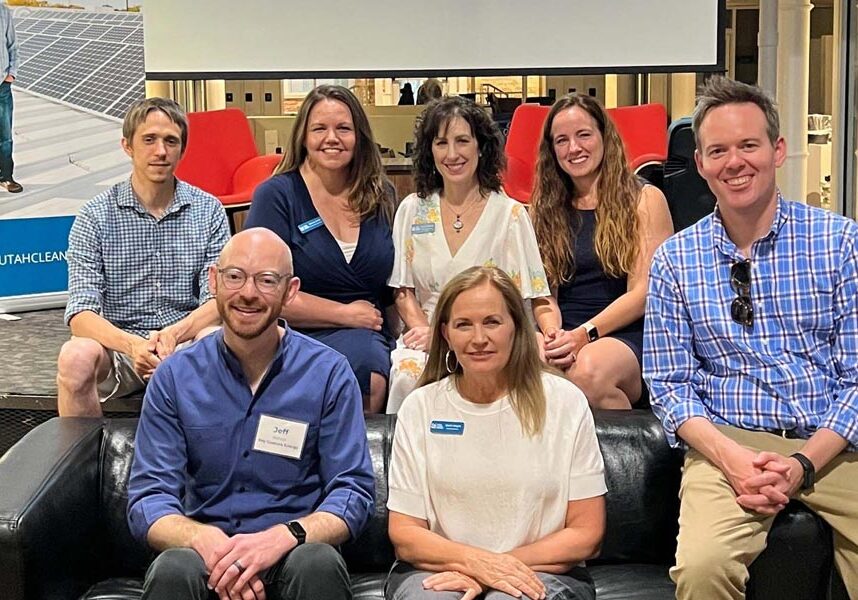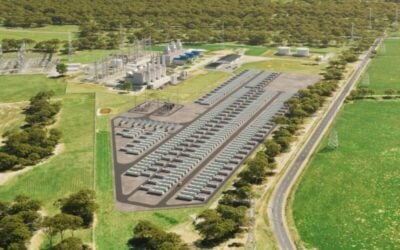
Jeff Bishop, co-founder and CEO of US battery storage developer Key Capture Energy joins our series looking back at 2023 and looking ahead to 2024.
The company’s business model is to develop large-scale grid-connected energy storage assets to own and operate, picking emerging markets that it sees exhibiting fundamental drivers for storage deployment as early as possible.
Enjoy 12 months of exclusive analysis
- Regular insight and analysis of the industry’s biggest developments
- In-depth interviews with the industry’s leading figures
- Annual digital subscription to the PV Tech Power journal
- Discounts on Solar Media’s portfolio of events, in-person and virtual
That has led it to having around 600MW of battery energy storage system (BESS) assets in operation and construction, and a pipeline of more than 9,000MW of opportunities.
Key Capture Energy’s proactive approach to market scouting has seen it establish a significant presence in Texas’ booming ERCOT market, as well as more recently being one of the pioneers of BESS in New York, delivering the state’s first grid-scale BESS a couple of years ago.
When we last spoke to Jeff Bishop, it was the emergence of the Midwest MISO market that he said would be among the next and biggest opportunities for battery storage, following the passing of an energy storage target alongside a net zero emissions goal in Michigan.
The Key Capture Energy (KCE) CEO has taken part in our year-end retrospectives in the past, offering his views on everything from the growing need to invest in software and financial modelling to the need for clean energy issues to transcend political boundaries, in early 2022.
However, this year’s Q&A is a little different: it marks what is very most likely Bishop’s last interaction with Energy-Storage.news in his role as KCE’s CEO.
In August the company announced that he would be stepping down to take a break and pursue new challenges, and his successor Brian Hayes – formerly executive VP of asset operations & transmission at EDP Renewables – takes office on 8 January 2024.
What did 2023 mean for the energy storage industry, both from your own company’s perspective and in bigger picture terms?
In 2023, the battery storage industry stopped sitting at the kid’s table. I founded Key Capture Energy in 2016, and until now, storage has been a part of the up and coming and exciting, but not yet proven technologies. 2023 was when the investor class fully realised that batteries deliver, both operationally this past summer in Texas, and financially – with higher return hurdles than other clean energy investments. The industry is established and is fully financeable, so we are entering a new phase for energy storage projects.
For KCE, this was a year for us to focus internally to be ready for the next stage of growth. Yes – we brought online 220MW of new projects, and had a record revenue year, but every development company needs to undergo a transformation from being a development company with an operations arm to an operations company with a development arm. This year we focused on execution and building out our asset operations team. KCE is about to hit its next stage of growth, we had to build internally to make sure we were ready.
How are energy storage projects and different market opportunities evolving, as technologies and stakeholder understanding mature?
From a recent Roland Berger study, energy storage is the most attractive asset within energy infrastructure. Energy storage equity is undervalued. I’ve been saying that for the last three years, but investors are starting to hear the message that equity is not being priced correctly.
Fifteen years ago, wind and solar projects were undervalued on the equity side because no one understood the lifetime of a project is often longer than initially expected or that projects will be repowered.
So, with the existing asset and the interconnection already there, it has tremendous unaccounted for value. That same story is now playing out for battery storage; new investors in 2023 have started to embrace the value of these projects.
The last couple of years saw significant supply chain challenges for the industry, particularly around lithium battery and battery materials. Have those constraints eased and what sort of supply chain dynamics are you seeing in the industry going forward?
It’s exciting, no? Sure – the past few years the supply chain has been challenging – but that’s what we all signed up for, right? We’re in a new industry so we should expect that there are going to be a few more times there is not alignment between supply and demand.
As of the end of 2023, we have seen the supply chain catch up at least on the battery side. Going forward and for the next couple of years, there will continue to be some challenges with long-lead construction items like main power transformers, but overall, we are in a much better place supply chain wise than we were a year ago.
As storage developers and owners – we signed up for this. There’s a reason why we aren’t in solar.
What are some major trends in energy storage technologies that readers should keep an eye out for?
Lithium-ion. No, for real.
In the solar sector in the mid-2000s there were about a dozen competing technologies that triggered investment and media, but they all lost to the basic solar photovoltaic technology. Solar PV started getting deployed, creating an unstoppable feedback loop of incremental efficiency gains and supply chain consolidation. Over a 15-year timeline, that combination dominated the market.

It’s the same now with lithium-ion. Don’t get me wrong, there are some really exciting technologies out there and I wish everyone the best but look at cost curves. It’s going to take a lot of time for the new entrants to come to the market in a truly cost competitive way.
It’s not sexy and doesn’t get clicks – but watch and report on the incremental lithium-ion gains on the density and efficiency side. Pay attention to what’s boring – that is what is going to have a big impact.
What should the industry’s main priorities be in 2024?
Continued focus on safety in all respects. Yes – the day-to-day safety, but also the macro cybersecurity side. We have to get this right.
Besides that, unlock more markets. There are many states with projected capacity shortfalls with planned coal retirements and no clear set plans to replace that capacity. The industry needs to look at the markets that are going to need our services where stakeholders and regulators may not fully understand the benefits of battery storage and make sure that the potential growth actually comes to fruition.
As you step away from your role as CEO at KCE, is there anything else you’d like to share?
When Dan Fitzgerald and I started KCE in 2016, there were 200MW of battery storage in the New York interconnection queue, and today it is over 35,000MW. We all know where the industry is headed.
The growth is not always a straight line and there will be challenges, but the next five to ten years are about deployment, bringing projects online and making the clean energy transition of the electric grid a reality.
Energy-Storage.news’ publisher Solar Media will host the 6th Energy Storage Summit USA, 19-20 March 2024 in Austin, Texas. Featuring a packed programme of panels, presentations and fireside chats from industry leaders focusing on accelerating the market for energy storage across the country. For more information, go to the website.






